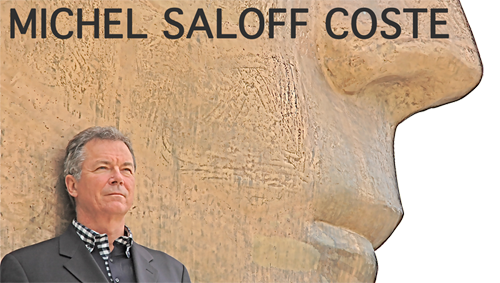The Climate Path Ahead

PhotoThe slogan "For the Planet" was projected on the Eiffel Tower on Friday as part of the COP 21, the climate conference in Paris. Credit Francois Mori/Associated Press
At the Earth Summit in Rio de Janeiro 23 years ago, the world’s nations adopted a treaty that pledged, but ultimately failed, to cut the emissions driving global warming. In Paris over the last two weeks, negotiators from around the world met for the 21st time since then in an effort to move from aspiration to action.
As legions of bleary-eyed diplomats, environmentalists and lobbyists make their way home across the planet, you’ll hear proclamations that COP 21, as the meeting was called, was a historic turning point, and a profound failure.
Both will be right, depending on the scale of reference.
For the first time, even before the opening gavel, more than 180 nations, large and small, submitted plans — yes, voluntary ones — to divert from their carbon-based business as usual. The United States and China guaranteed progress by stepping together a year ago in Beijing after more than a decade of “you first” fights, laying out detailed domestic plans to curb emissions.
Pope Francis has made it clear that the decisions ahead, while informed by data, will be shaped by values.
Francis was variously embraced and attacked for his critique of consumptive capitalism in his encyclical. But what was missed was his important call for accepting a diversity of approaches to addressing the climate problem.
“[T]here is no one path to a solution,” Francis wrote. “This makes a variety of proposals possible, all capable of entering into dialogue with a view to developing comprehensive solutions.”
That is precisely how the Paris outcome has been framed and how the world will, with urgency and patience, success and failure, forge ahead.
